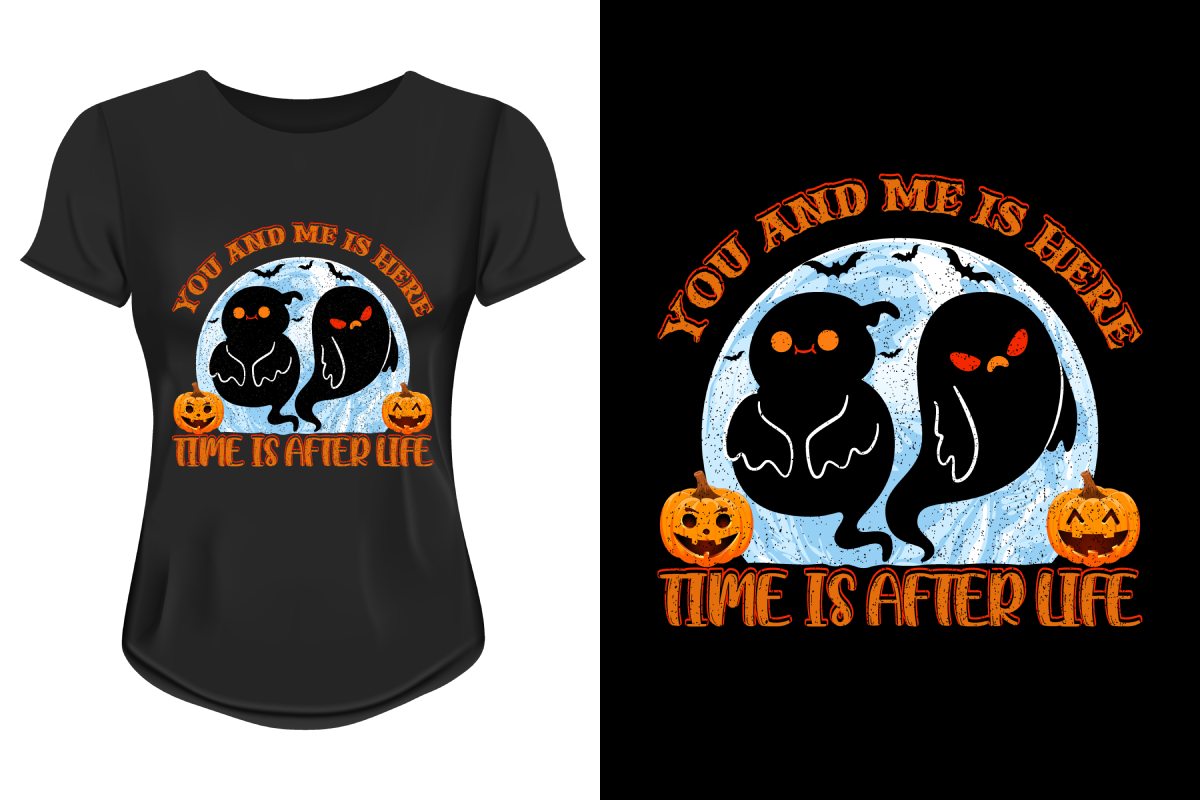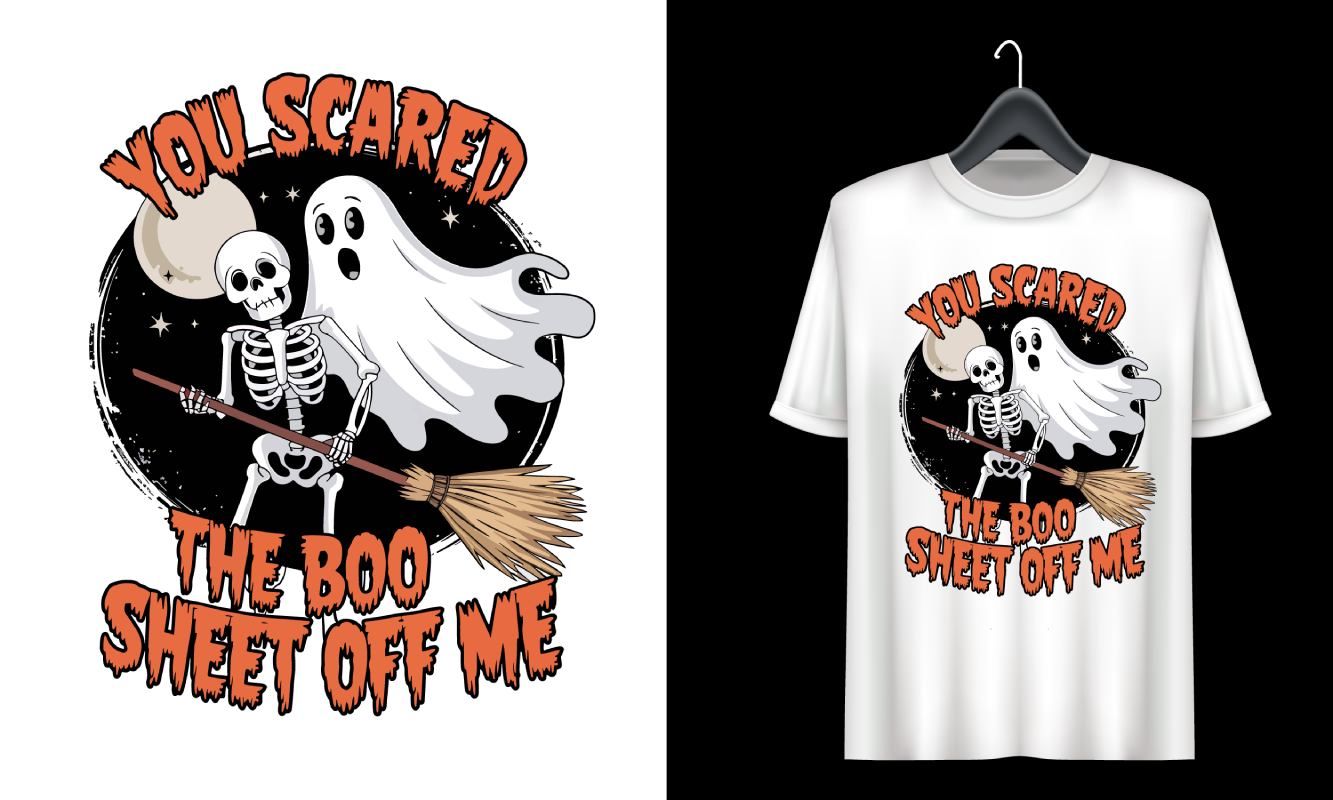DTF transfers, or Direct-to-Film transfers, are revolutionizing the custom apparel printing industry by offering a high-quality, eco-friendly alternative to traditional printing methods. As businesses increasingly seek sustainable printing methods, DTF printing stands out due to its efficient process that minimizes ink waste. Unlike traditional printing techniques, which often involve extensive setup and material use, DTF transfers allow for vibrant, intricate designs to be applied to fabric with unmatched precision. With the rise of eco-conscious consumers, the demand for sustainable printing solutions has never been higher, making DTF printing a smart choice for modern apparel production. In this comprehensive guide, we will explore the various advantages of DTF transfers over traditional printing, addressing their quality, versatility, and sustainability.
When discussing modern printing techniques for apparel, Direct-to-Film (DTF) printing and its alternatives, such as screen and heat transfer printing, frequently emerge in conversations. Known for its efficiency and high-caliber results, DTF printing is becoming the go-to method for businesses venturing into custom apparel solutions. This article will highlight how DTF technology not only meets consumer demands for quality and customization but also prioritizes sustainable practices by minimizing waste and environmental impact. As we compare these printing methods, we’ll shed light on how advancements in DTF printing are shaping the future of garment decoration, pushing traditional techniques to adapt or reconsider their roles in the market.
Understanding DTF Transfers: The Future of Printing
Direct-to-Film (DTF) transfers have revolutionized the printing industry by enabling users to create high-quality, intricate designs that stand out on any fabric. Unlike traditional printing, DTF utilizes a unique transfer process that enhances color vibrancy and detail. When a design is printed onto a special film, it can be applied to the fabric using heat, resulting in crisp, durable graphics that can withstand repeated washings without fading. This technology is particularly beneficial for businesses involved in custom apparel printing as it allows them to meet customer expectations for unique and eye-catching designs.
Additionally, DTF transfers have gained popularity due to their efficiency. They require less ink than traditional methods, hence reducing waste and overall production costs. This eco-friendly aspect is appealing to both businesses aiming for sustainable printing practices and consumers who are increasingly aware of environmental concerns. As DTF transfers become the go-to solution, it’s clear they are paving the way for a more efficient and greener approach to custom apparel printing.
The DTF Technology: Transforming Custom Printing Experience
DTF printing technology has emerged as a game-changer in the world of apparel customization. By leveraging advanced ink formulations and film technology, DTF allows for the replication of even the most complex designs with remarkable accuracy. This technique is particularly useful for small-scale businesses looking to produce custom items that require detailed graphics, as it provides a solution that exceeds the capabilities of traditional printing methods. With the high-resolution quality DTF offers, brands are empowered to push creative boundaries and deliver design excellence.
Moreover, the accessibility of DTF technology has broadened the horizon for aspiring entrepreneurs and established businesses alike. Specialized printing equipment and user-friendly platforms have simplified the adoption process. Instead of facing steep learning curves and high operational costs associated with traditional screen printing, users can now invest in DTF printers and immediately begin delivering superior quality products with minimal effort. This shift makes DTF printing an attractive option for new entrants in the custom apparel market.
Eco-Friendly Printing Practices: The DTF Advantage Over Traditional Methods
The push for sustainability in the printing industry has become more significant than ever, and DTF printing is at the forefront of this trend. Compared to traditional printing, which often generates waste due to excess ink and materials, DTF offers a more efficient and environmentally conscious alternative. By minimizing wastage through precise ink application, DTF printing not only conserves resources but also aligns with the growing consumer demand for eco-friendly products. Incorporating sustainable practices into production processes is no longer an option for brands but a necessity.
This environmental consciousness found in DTF technology resonates with modern consumers, who are increasingly siding with brands that demonstrate a commitment to sustainable printing methods. As eco-friendly initiatives continue to shape market dynamics, businesses adopting DTF methods are likely to enhance their appeal, thus driving customer loyalty and trust in their brand. By embracing these practices, companies can make a substantial impact on environmental preservation while also reaping the benefits of modern printing capabilities.
Quality of DTF Prints: Benchmarking Against Traditional Techniques
Quality is a paramount factor when choosing a printing method, and DTF printing distinctly outshines traditional techniques in this regard. The technology allows for the reproduction of photorealistic images while maintaining superior vibrancy compared to traditional methods such as screen printing. Screen printing methods can struggle with color gradients and intricate designs due to their mechanical nature, whereas DTF’s ability to manage detailed artwork with outstanding clarity sets it apart. This capability not only enhances product quality but also elevates customer satisfaction.
Furthermore, DTF printing maintains the essential qualities of softness and breathability in fabrics, which are often compromised in traditional screen printing processes. This attribute is vital for apparel, particularly in fashion and sportswear markets, where comfort is as crucial as aesthetics. As consumers gravitate towards high-quality fabric prints that feel good against the skin, DTF printing establishes itself as the superior choice within the custom apparel sector.
Versatility in DTF Printing: Adapting to Market Trends with Ease
One of the standout features of DTF printing is its incredible versatility, allowing businesses to stay agile amidst shifting market trends. DTF technology enables quick and easy customization, which is essential in today’s fast-paced consumer environment where personalized products are in high demand. Unlike traditional methods, which might require elaborate setups and longer lead times for different designs, DTF printing can accommodate rapid production cycles with diverse designs efficiently.
This flexibility not only enhances operational efficiency but also empowers brands to respond to consumer preferences swiftly. Businesses can now pivot their offerings based on seasonal trends or specific customer requests without incurring high costs or significant downtime. As the landscape of custom apparel continues to evolve, the ability to adapt quickly will be a decisive factor for success, clearly positioning DTF printing as an advantageous solution for brands looking to thrive in the competitive marketplace.
Innovative User Experience: Simplifying DTF Printing for Creators and Crafters
The emergence of DTF technology has also dramatically improved the user experience for those in the custom printing space. New services and platforms have been designed specifically to streamline the DTF printing process, making it more accessible to creatives and small business owners. These innovations cater to the frustrations often experienced with traditional printing procedures by providing comprehensive guides, software solutions, and customer support that simplify the transition to DTF.
As individuals gain easier access to high-quality DTF printing options, the barriers that once deterred potential crafters and entrepreneurs from entering the market have begun to fade. This democratization of printing technology encourages a wave of creativity, allowing more people to express their vision through custom apparel. As user-friendly platforms continue to evolve, DTF printing is set to captivate even more creators, unlocking endless possibilities for design experimentation and commercial success.
Frequently Asked Questions
What advantages do DTF transfers offer over traditional printing methods?
DTF transfers provide several advantages over traditional printing techniques, including eco-friendliness due to reduced ink wastage, high-quality prints with vibrant colors, and greater versatility for intricate designs. This makes DTF printing ideal for custom apparel production.
How does DTF printing contribute to sustainable printing methods?
DTF printing contributes to sustainable printing methods by minimizing waste associated with traditional techniques like screen printing. It uses a precise application process that reduces ink wastage and enhances material efficiency, promoting eco-friendly practices in custom apparel printing.
Is the quality of DTF printing superior to traditional printing?
Yes, DTF printing offers superior quality compared to traditional printing methods. It excels in producing photorealistic images with vibrant colors while maintaining softness and breathability in the fabric, making it ideal for complex designs often challenging for traditional techniques.
Can DTF transfers be used for custom apparel printing efficiently?
Absolutely! DTF transfers are specifically designed for custom apparel printing, allowing for easy customization and rapid response to market trends. The technology enables businesses to create unique designs efficiently, catering to diverse consumer preferences.
What is the impact of DTF printing on traditional printing techniques?
The rise of DTF printing is impacting traditional techniques by offering a more efficient, eco-friendly, and high-quality alternative. As businesses recognize these advantages, they increasingly shift focus toward DTF technology in custom apparel printing, leading to a transformation in the industry.
What are the main challenges of adopting DTF printing compared to traditional methods?
The primary challenge of adopting DTF printing compared to traditional methods is the potential higher upfront cost of equipment. However, the long-term benefits in sustainability, quality, and versatility can outweigh these initial investments, making DTF printing a worthwhile choice for custom apparel.
| Printing Method | Pros | Cons |
|---|---|---|
| DTF Printing | – High-quality prints – Eco-friendly – Versatile for designs |
– Equipment may have higher upfront costs |
| Traditional Printing | – Established/recognized process – Suitable for bulk orders |
– Wasteful – Limited to specific design complexities |
Summary
DTF Transfers are revolutionizing the printing industry by offering a sustainable, high-quality alternative to traditional printing methods. As businesses and consumers increasingly prioritize eco-friendly practices, DTF printing stands out for its efficient use of materials and vibrant output. This innovative method fosters versatility, catering to the evolving market demands for customization and quality. Moreover, the user experience in DTF technology is continuously improving, making it accessible for entrepreneurs entering the custom apparel space. Overall, DTF Transfers not only enhance product offerings but also pave the way for a more sustainable future in the printing industry.



